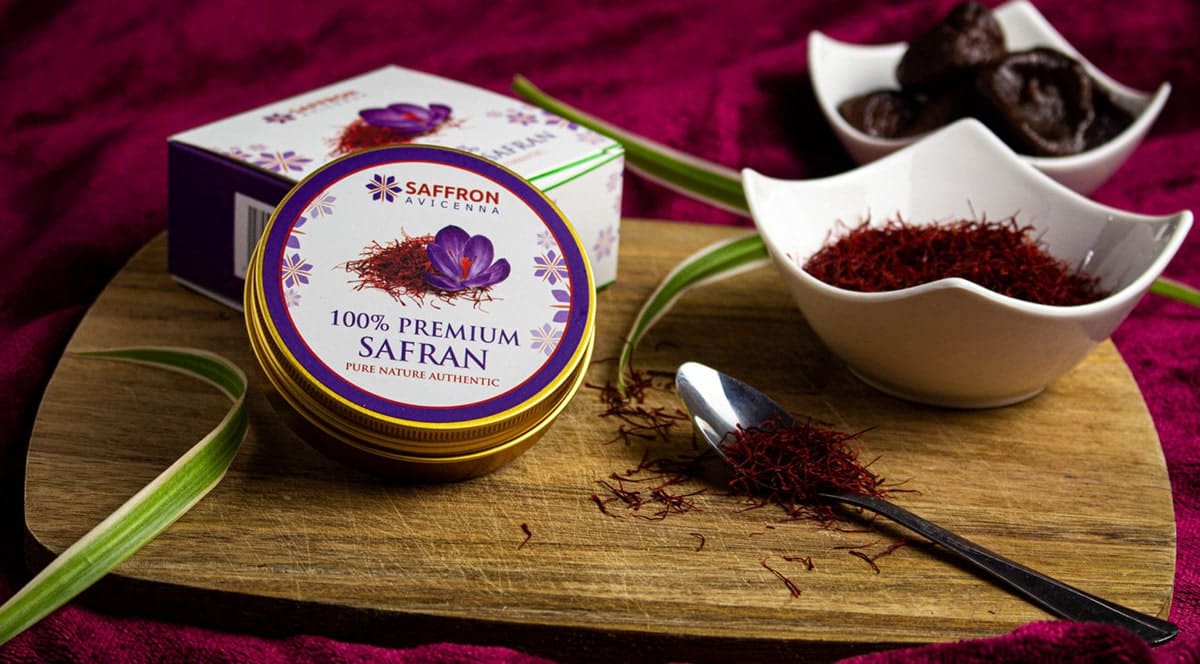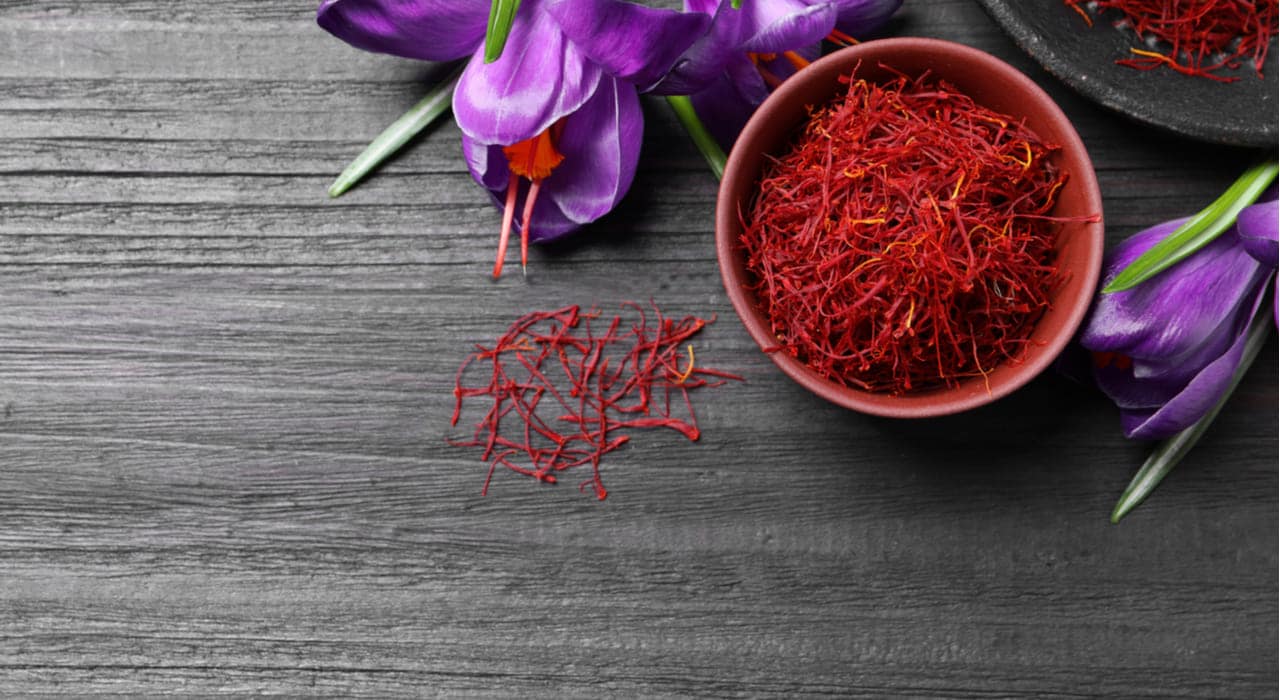Saffron Price Market
Saffron, often referred to as the “red gold,” is a prized spice with a history dating back thousands of years. It’s cherished not only for its unique flavor and aroma but also for its vibrant crimson color, which it imparts to dishes. Saffron’s reputation as a luxurious and costly spice is well-deserved and this reputation is largely attributed to the complex and fluctuating saffron price market. In this blog, we’ll embark on a journey to understand the reasons behind the saffron price market’s fluctuations, its historical context, and how it impacts various stakeholders, from growers to consumers.
The Saffron Story: A Glimpse into History
Before diving into the dynamics of saffron pricing, let’s take a moment to appreciate the history and significance of this coveted spice. Saffron, scientifically known as Crocus sativus, is derived from the flower’s stigma, the female reproductive part. The intricate process of harvesting saffron threads, known as threads or strands, is labor-intensive and time-consuming, making it one of the world’s most expensive spices.
Saffron’s origins can be traced back to ancient Persia (modern-day Iran), where it was initially cultivated over 3,000 years ago. The spice gradually spread to other parts of the world, including Greece, India, and Spain. It was highly valued for its multifaceted uses, from culinary to medicinal and even in religious rituals.
The Factors Behind Saffron’s Fluctuating Price
Several factors contribute to the fluctuating price of saffron, and it’s essential to understand these variables to comprehend the market’s volatility.
- Climate Conditions: Saffron is a delicate crop that is highly sensitive to climate conditions. The spice requires a specific set of circumstances, including a dry climate, plenty of sunlight, and well-drained soil. Any deviation from these optimal conditions can affect saffron yields and quality.
- Labor-Intensive Harvesting: Harvesting saffron is a labor-intensive process that involves plucking the stigma from each flower by hand. It takes a large number of flowers to produce even a single gram of saffron. Labor costs significantly impact saffron’s price.
- Geopolitical Events: Saffron is primarily produced in countries like Iran, Afghanistan, and India. Political instability, trade sanctions, or conflicts in these regions can disrupt saffron production and supply, leading to price spikes.
- Quality Grading: Saffron is graded based on its quality, with different categories like Negin, Sargol, and Pushal, each commanding a different price. The highest quality saffron, Negin, is the most expensive. Variations in the quality and availability of these grades influence the overall saffron market.
- Demand Trends: The demand for saffron can vary significantly depending on cultural and culinary trends. As saffron finds applications in a wide range of dishes, changes in consumer preferences can affect demand, subsequently impacting prices.
- Counterfeiting: Due to its high price, saffron is often subject to adulteration or counterfeiting. Inauthentic saffron can flood the market, further complicating the price landscape.
- Market Speculation: Like any other commodity, saffron can be subject to market speculation, with traders and investors influencing prices based on their perceptions of future supply and demand.
Historical Price Fluctuations
To appreciate the dynamics of saffron pricing, it’s worthwhile to explore its historical price fluctuations. Over the centuries, saffron has experienced significant variations in price due to the aforementioned factors.
In ancient times, saffron was so precious that it was used as a form of currency, and it was even traded for other goods in a barter system. Throughout the Middle Ages and the Renaissance, saffron retained its value, making it a symbol of wealth and prestige.
In recent history, the saffron price market has seen sharp rises and falls. A notable example is the Iranian Revolution in 1979, which disrupted saffron production and led to a surge in prices. However, the market eventually stabilized as Iranian saffron production recovered.
Today, while saffron remains expensive, it is more accessible to a global market. Increased cultivation in countries like India and Afghanistan has led to a broader supply base. Yet, the price still varies greatly based on quality, supply, and demand.
Navigating the Saffron Market
For those involved in the saffron market, whether as growers, traders, or consumers, understanding the factors affecting saffron prices is essential. Here are some insights to help navigate the market:
- Quality Matters: Saffron quality plays a significant role in determining price. Investing in high-quality saffron is worth it, as it will impart a richer flavor and color to your dishes.
- Look Beyond the Price: Instead of focusing solely on the price, consider the source and quality of saffron. Reliable sources and reputable brands often provide better value for your money.
- Store Saffron Properly: Saffron is sensitive to light, heat, and moisture. Store it in an airtight container in a cool, dark place to preserve its quality.
- Explore Alternatives: Saffron alternatives like safflower or turmeric can be used in some dishes to achieve a similar color and flavor at a lower cost.
- Support Ethical and Sustainable Production: If you’re a conscious consumer, consider supporting saffron growers who engage in ethical and sustainable practices. This not only promotes fair working conditions but also contributes to the preservation of this valuable spice.
Conclusion
Saffron, the “red gold,” has an intricate history and a price market that reflects its complexity. Its price fluctuations are driven by a combination of factors, including climate conditions, labor-intensive cultivation, geopolitical events, quality grading, demand trends, counterfeiting, and market speculation. Understanding these elements is crucial for both growers and consumers to make informed decisions in the saffron market.
While saffron’s price may remain high, its value in the culinary world and cultural heritage is undeniable. To truly appreciate this precious spice, it’s essential to look beyond the price tag and savor the unique flavors, aromas, and history it brings to every dish.


